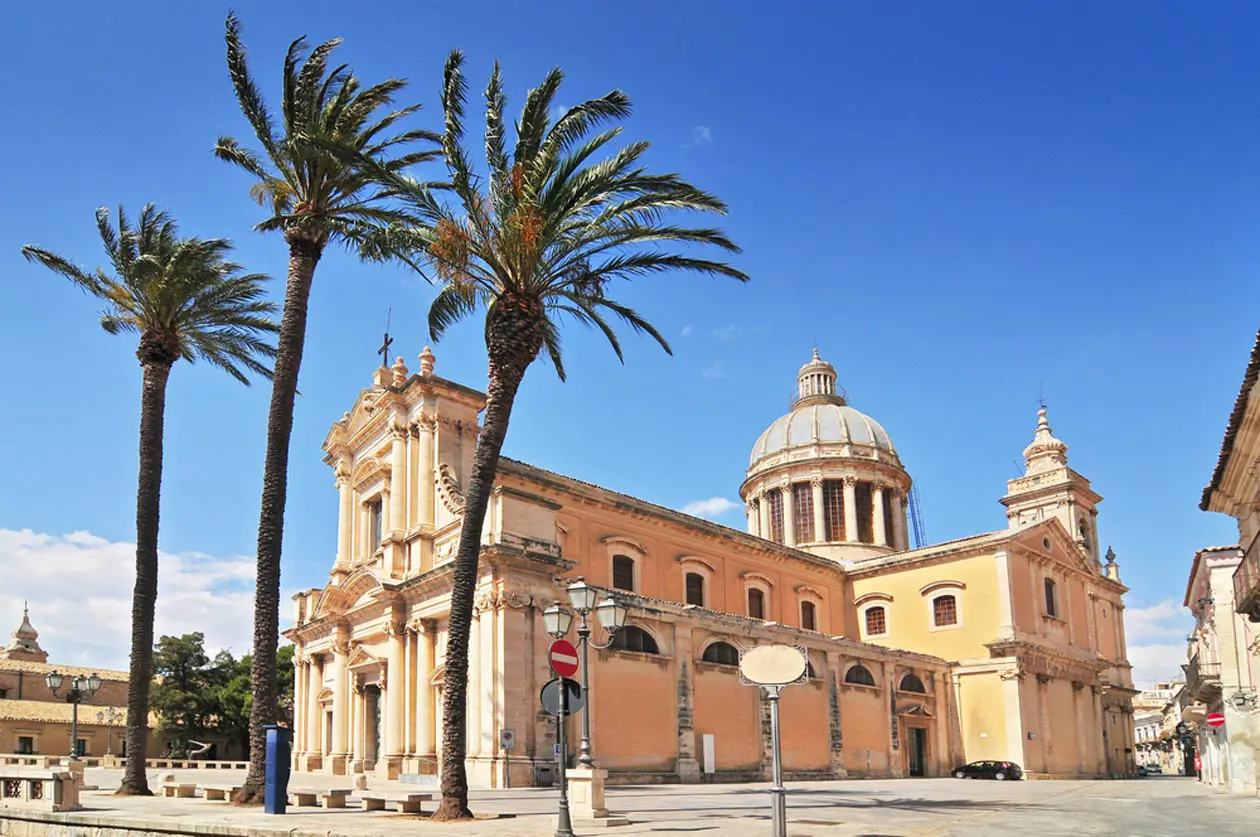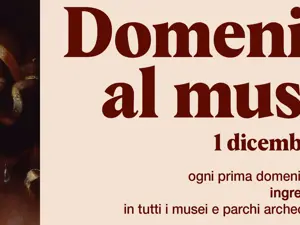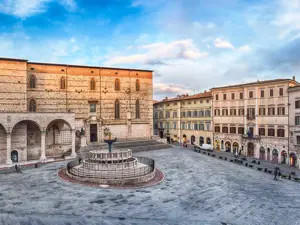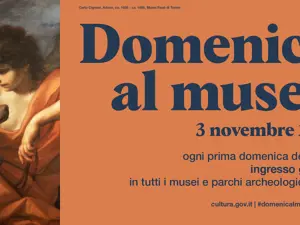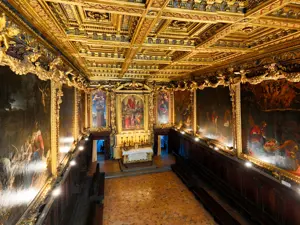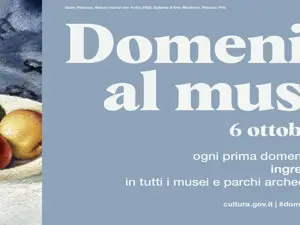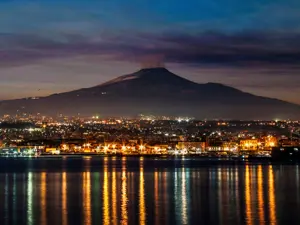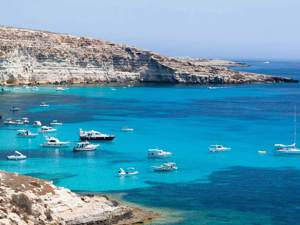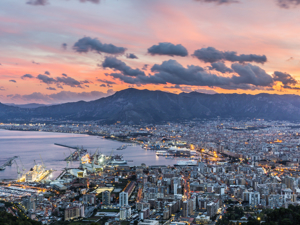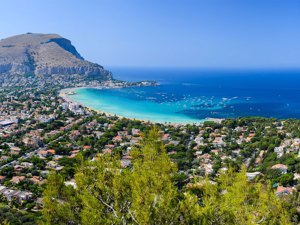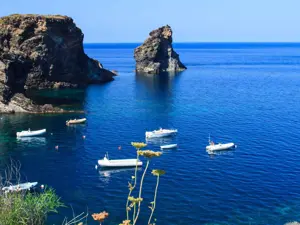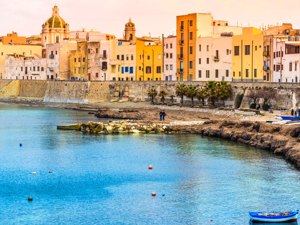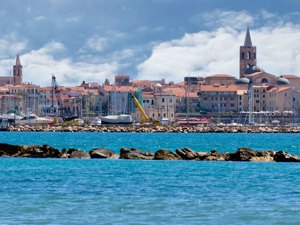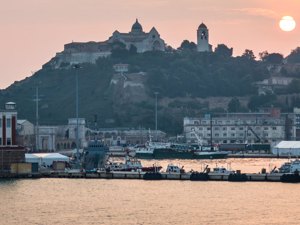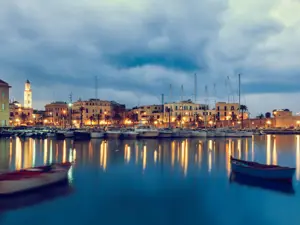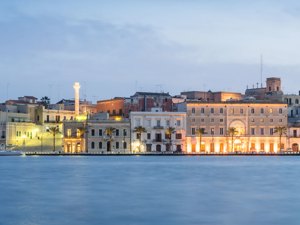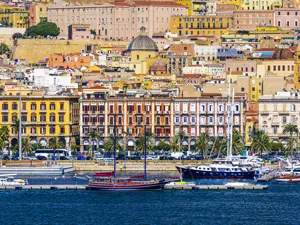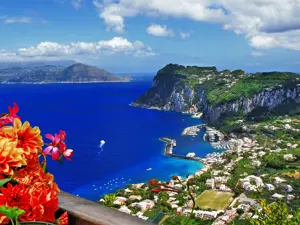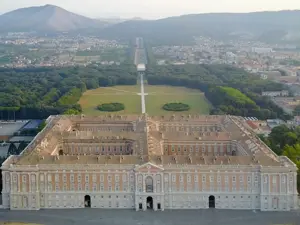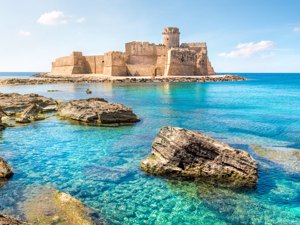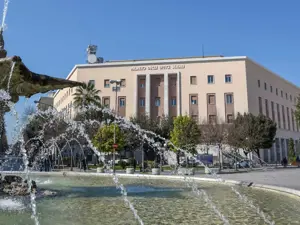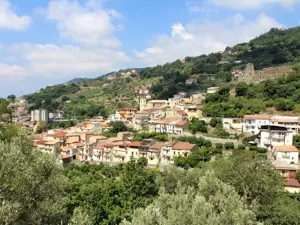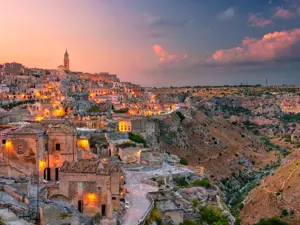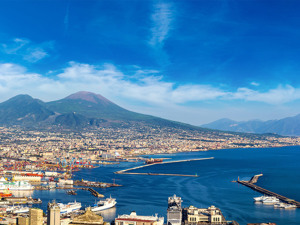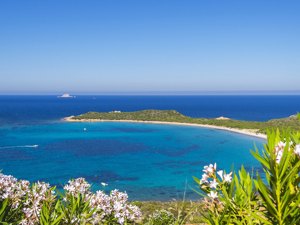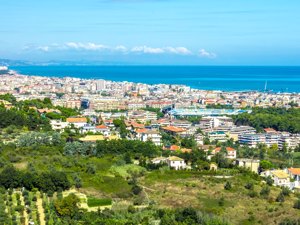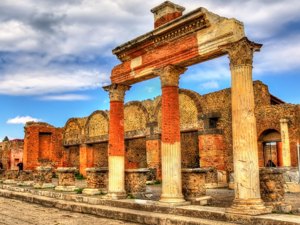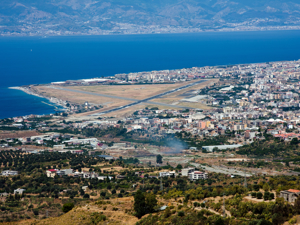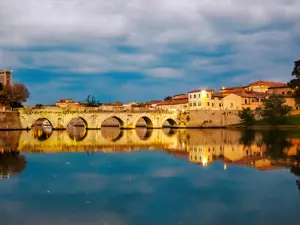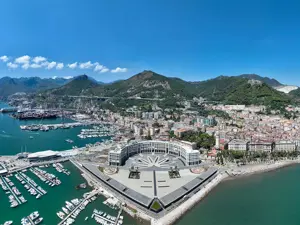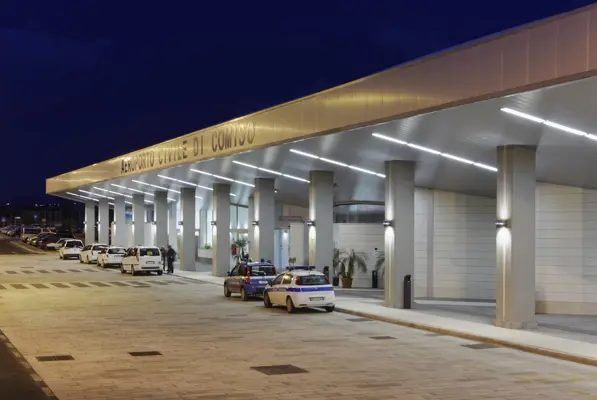Theatre city
This is how the writer from Comiso, Gesualdo Bufalino, defined the city where he was born, lived and worked, not just because of its truly spectacular setting, but also for the stage-like spaces which are shared and enjoyed by its inhabitants.
Located in the province of Ragusa, the city of Comiso is slightly off the beaten tourist track even though it is filled with old monuments and an atmosphere typical of Sicily. The city was revitalised in 2013 when the old military airport was converted into a civil airport, which is no more than five kilometres from the city.
Situated at the foot of the Hyblaean Mountains, Comiso reveals an ancient history, which dates back to Roman times. During excavations carried out to build the Town Hall, thermal baths were discovered dating back to the period of the Antonini in the second century AD, vast and luxurious thermae with baths, caldarium, tepidarium and frigidarium.
The Town Hall stands in Piazza Fonte Diana, named after the large statue of the goddess located in its centre. Legend has it that the goddess would drink and bathe in the fountain, and in ancient times the square was called Piazza della Fontana (Fountain Square) because of the spring that bubbled up in the square.
Comiso has always been rich in pure and miraculous waters, which attracted a large number of people to the place. The Town Hall, which was finished in 1887, is an example of “Umbertino” (late nineteenth century) style, although softened by several classical elements such as Doric and Corinth capitals. Religious sites are often in the Baroque style, such as the Santa Maria delle Stelle, or Mother Church, which was rebuilt after it suffered serious damage in the earthquake that hit the city in 1693.
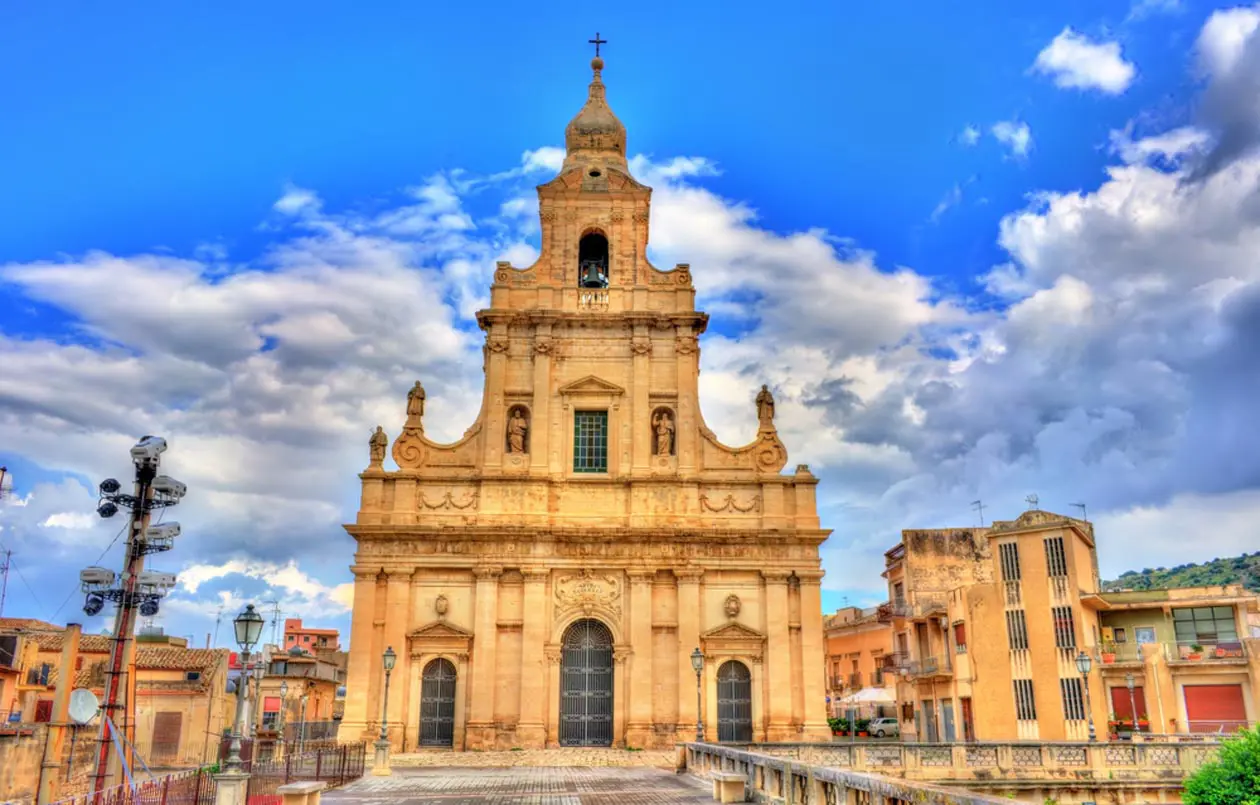 Cathedral of Santa Maria delle Stelle in Comiso. Comiso. Photo: Copyright © Sisterscom.com; Shutterstock
Cathedral of Santa Maria delle Stelle in Comiso. Comiso. Photo: Copyright © Sisterscom.com; Shutterstock The Church of SS Annunziata with the Church of Gesù form, instead, almost a single monumental complex. Here you can admire a splendid wooden ceiling painted with scenes from the life of the Saint Filippo Neri. Also worthy of a visit is the Sanctuary of San Francesco all’Immacolata, a national monument with a spectacular fifteenth-century cloister.
A very unusual monument is also found in Comiso: the pagoda of peace, which was built in local white stone with the pointed form of a round dome topped by a pinnacle, and was commissioned by the Japanese monk Morishita.
Under the Signoria of the Naselli, the city experienced a period of prosperity and the Teatro Naselli was named after this great family, who transformed Comiso from a baronage to a county. This small but pretty theatre with its pillars and pediments made of local white stone has an packed calendar of theatre, operetta and opera performances.
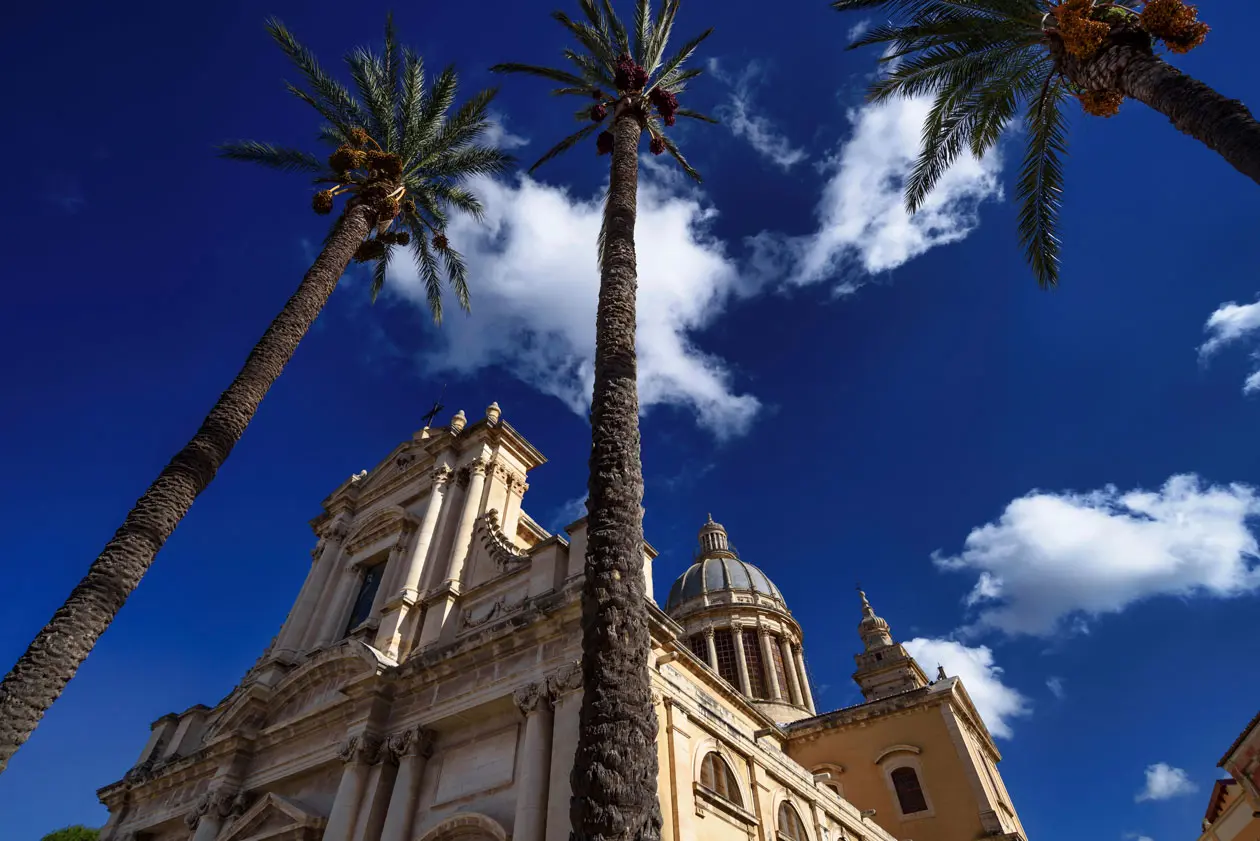
Comiso Photo: Copyright © Sisterscom.com / Depositphotos
But the feather in the cap of Comiso is the vast Natural History Museum. Set up in 1991, it is housed in two adjacent buildings. The Cetaceans section – the largest in southern Italy – is located in the Old Fish Market, while the Palaeontology and Zoology section is found on the first floor of the former art school. The museum has many rarities: not just the remains of elephants, hippopotamuses, bison, deer and wolves, but also Sicilian and tropical insects, rare and deep-sea fish, and the curious Python molurus, some five metres long with a weight of 40 kg.
There are also many spectacular festivals during the year, particularly the Easter Festival, known as ‘A Paci’, when the meeting between Our Lady of the Assumption and resurrected Jesus is represented, and the Festival of SS Maria Addolorata (Mary, Mother of Sorrows) on the third Sunday of May, which features a collection of ‘gifts’ for the dinner. And in September, in the area of Pedalino, the traditional of the Grape Harvest Feast takes place. This food and wine, folklore and cultural event each year attracts thousands of visitors. The surrounding area offers a variety of crops, from olives to carob, almonds and all types of fruit trees.

The buccellato. Photo: Copyright © Sisterscom.com; Shutterstock
The cusine of Comiso
The cuisine of Comiso is rooted in ancient traditions and offers unique local dishes, such as caponata di melanzane (aubergine stew), involtini di pesce spada (swordfish rolls), sweet couscous and minted beans, together with sweets such as marzipan and buccellato, a pastry doughnut filled with dried figs, raisins and orange peel, to be enjoyed with a glass of Vino Ambrato of Comiso, a special white wine ideal for desserts.
Text by Anna Glik
Avion Tourism Magazine
Photo for editorial use only: Copyright © Sisterscom.com; Shutterstock / Depositphotos
Photo for editorial use only: Copyright © Sisterscom.com; Shutterstock / Depositphotos
Copyright © Sisterscom.com All rights reserved.
Tourism Board
www.comune.comiso.rg.it
www.visitsicily.info
Partnership with Booking.com
Where to sleep in Comisio
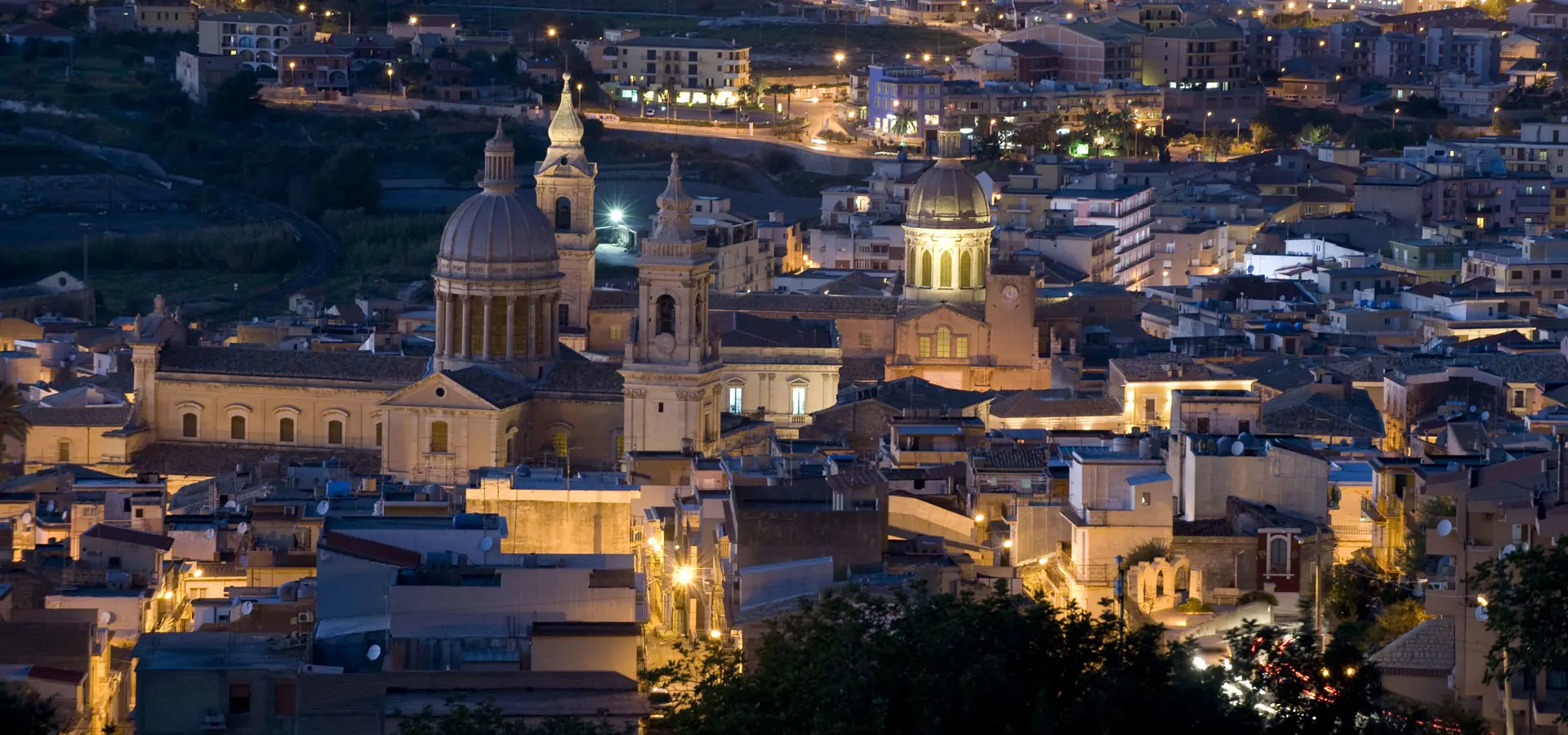
Comiso. Photo: Copyright © Sisterscom.com; Shutterstock
Comiso is a welcoming city and offers different possibilities for accommodation.
To find the ideal hotel and the best offers you can do a search for the stars but also for districts or landmarks.
News & Useful info
Shopping
Luxury
You might be interested in
Other destinations
Airports nearby Comiso

